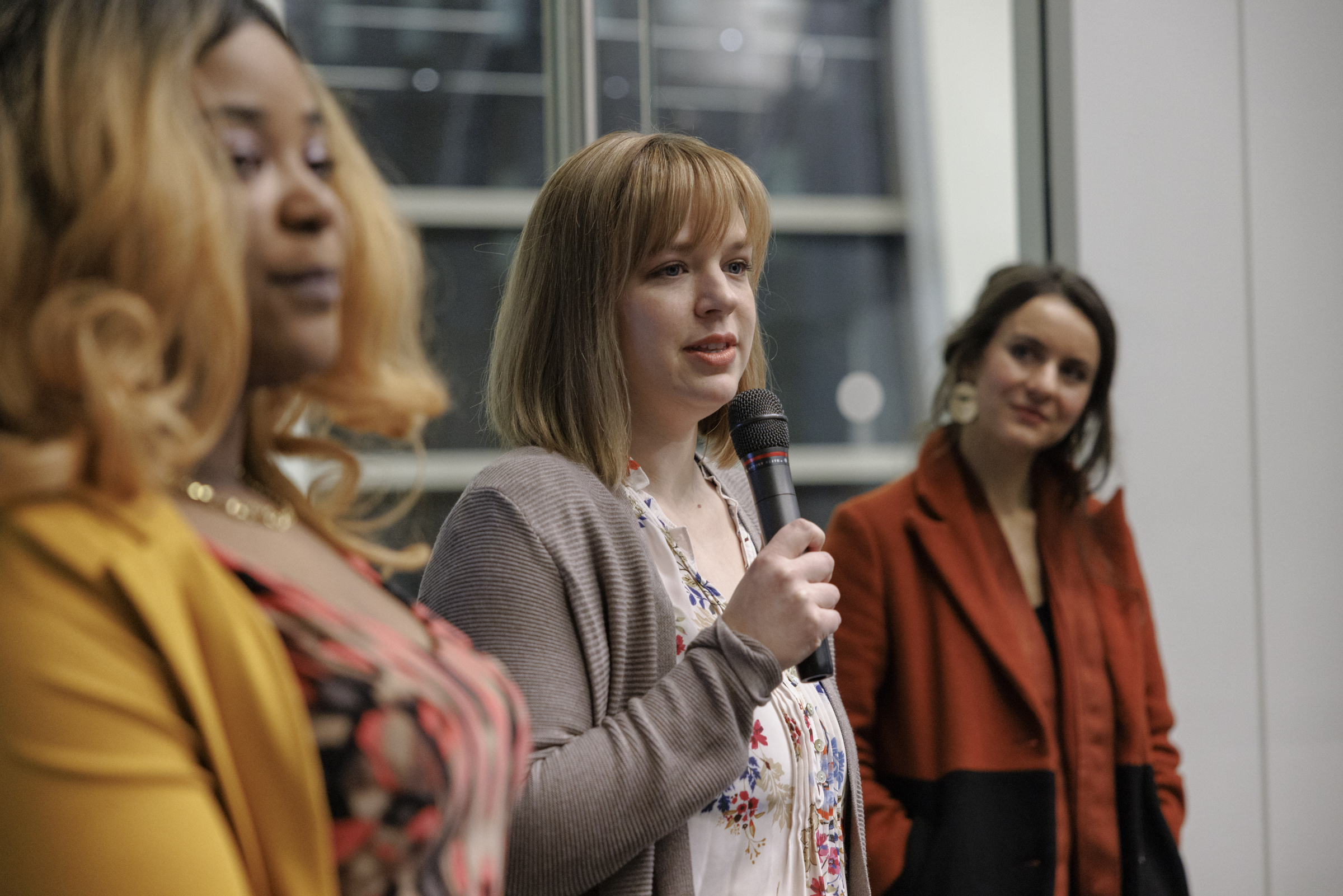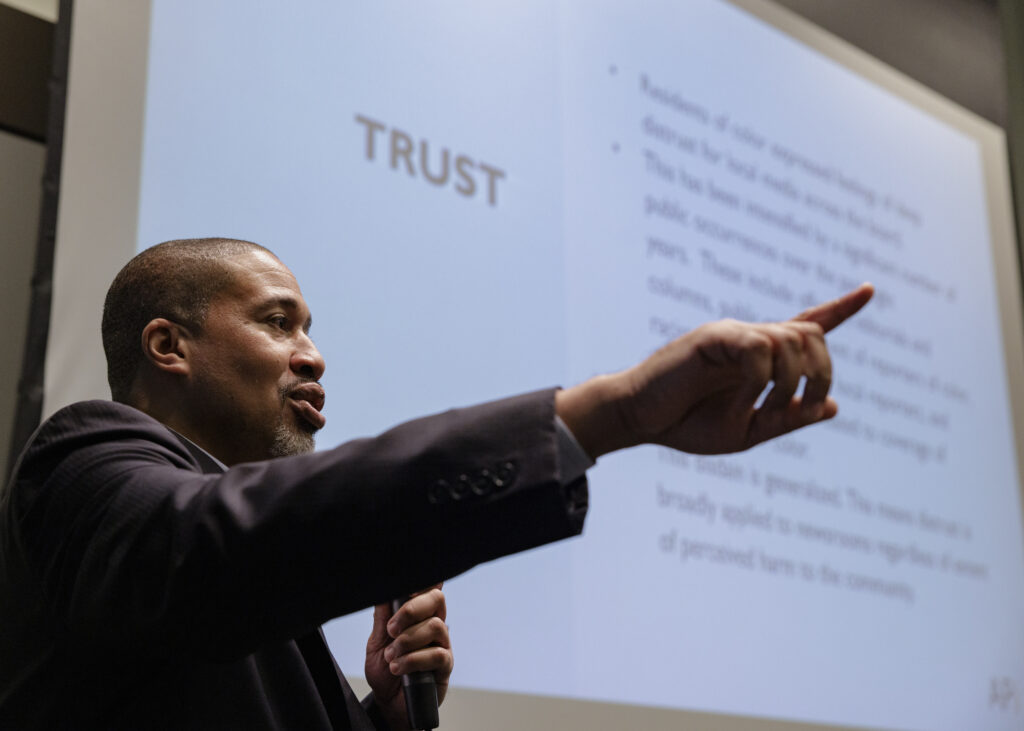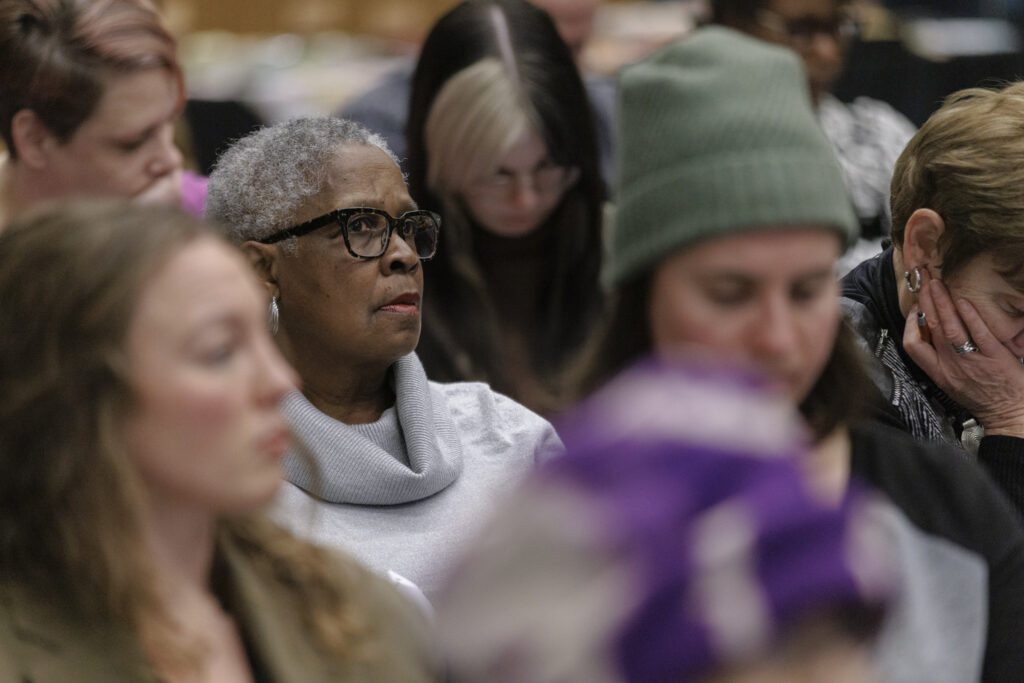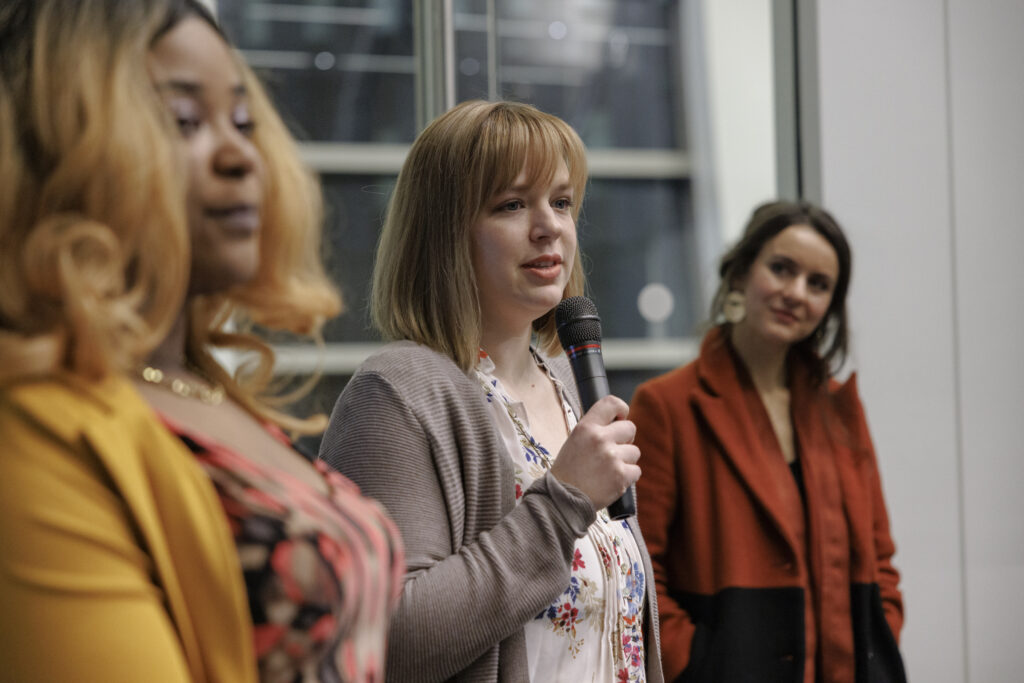Recommendations
1. Build up and support local talent pipelines, and do so on a coordinated basis
While Pittsburgh newsrooms need to do a better job of recruiting diverse talent, there is evidence that a pipeline problem does exist. Pittsburgh may not be seen as an attractive destination for many journalists of color who can pursue opportunities in other, more diverse markets. The best way to bring diverse talent into newsrooms — and keep them there — may be to develop local pipelines that train people of color to become journalists. This can begin in high school, but a pipeline for adults interested in journalism should also be considered. Such an effort could be done collaboratively, and it would make sense to build on existing programs, such as the Frank Bolden Urban Multimedia Workshop.
2. Strengthen community engagement efforts, including collaborating with other newsrooms when feasible
Trust cannot be rebuilt without a strong investment in community engagement. This will require time and money. But as mentioned, newsrooms in Pittsburgh don’t do much engagement, and only one newsroom within the cohort has a dedicated engagement team. This lack of infrastructure, however, may offer an opportunity for newsrooms in Pittsburgh to think more collaboratively when it comes to engagement. During our joint listening session in November, representatives from four different newsrooms sat in to listen to the concerns of local residents. This is something that could be done routinely and collaboratively. Additionally, separate newsrooms could find ways to create and sustain community advisory committees that could inform them of issues on a collaborative basis. If resources are indeed the problem, cross-newsroom collaboration could provide a way of investing in community engagement.
3. Make a greater effort to ensure that newsroom staff members have the chance to thrive
Arguably, the biggest impediment to endeavors focused on improving DEIB is related to internal structure and culture. It is extremely difficult for newsrooms in distress to tackle larger challenges related to DEIB. They will lack the staffing, morale, organization, and thus the ability, to develop the types of infrastructures required for sustained improvements and changes. These newsrooms also may struggle with retention issues, which directly impact newsroom diversity. Newsrooms must begin the process of assessing their overall health and begin to put in place structures and processes to ensure that all staff members can thrive. This could include stronger onboarding processes, mentorship programs, funded opportunities for training, access to mental health professionals and strong policies related to harassment and abuse. Newsrooms should also consider specialized training focused on these issues, and have them on a routine basis.
4. Build infrastructure that allows you to assess your own newsgathering practices, notably as they pertain to sourcing and content. And take a look at your style guides, too!
None of this work will have lasting impact if newsrooms do not assess their efforts on a regular basis. Source auditing, content auditing, asset mapping and community listening all help newsrooms make such assessments. While some of this may cost money, there are steps newsrooms can take to do this work at a lower cost. For example, a simple spreadsheet that contains the names of sources could be a way to begin tracking the types of sources being used, how and how often, in stories. Efforts to systematically review content, sources and practices will help solve issues of representation, even if they are not the most high-tech endeavors.
5. Collaborate, collaborate, collaborate!
If we have not repeated it enough, this project represents an opportunity for newsrooms to think about how they can collectively work to better cover communities of color and to recruit and retain diverse newsrooms. Newsrooms should find ways to work together.
Share with your network
You also might be interested in:
It’s been a busy year for us: we held three API Local News Summits, built out a comprehensive guide to partnering with influencers, encouraged experiments with grants and cohorts, and supported news organizations with our products.
Today, we’re undergoing a bold transformation — reimagining ourselves as a platform that fosters generational solidarity and serves bicultural audiences from Gen Z to Boomers.
As director of inclusion and audience growth, Harris-Taylor will continue API’s efforts to drive organizational and cultural transformation while sharpening its commitment to diversity, equity, inclusion and belonging. She’ll also work to deepen API’s partnerships with community organizations and non-news experts.









